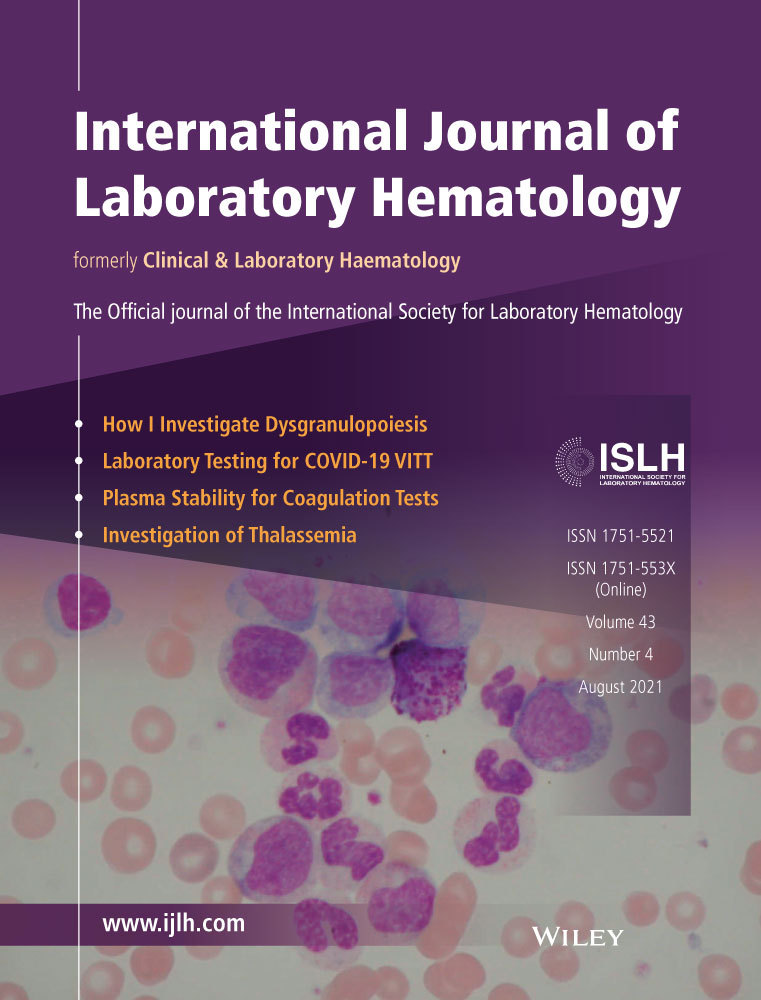Comparison of the StaRRsed Interliner device with Westergren method in erythrocyte sedimentation rate measurement
Abstract
Introduction
With recent advances in technology, many manual tests are being replaced by automated devices due to a wide range of advantages. One of these tests is the erythrocyte sedimentation rate (ESR) test that is used to determine inflammatory activity. This study aimed to evaluate the agreement between the Starrsed Interliner sedimentation device and the gold standard method, that is the Westergren method, used in ESR measurement.
Methods
One hundred fifty-one patients who presented to Gaziantep University Faculty of Medicine, Şahinbey Training and Research Hospital were included in this study. ESR values were measured simultaneously within 2 hours using the ESR analyzer Starrsed Interliner device and the gold standard method of measuring ESR, that is the Westergren method, from blood samples collected from the same patients in EDTA and citrate tubes.
Results
Agreement between the results from the Starrsed Interliner device and the Westergren method was evaluated using the Intraclass Correlation method. Consequently, a poor correlation was observed at values <20 mm/h, a moderate correlation was observed at values 20 to 80 mm/h and >80 mm/h, and an excellent correlation was observed when all results were considered. Method comparison was conducted according to the Passing-Bablok regression analysis (y = −1.50 + 0.75x) (P < .0001). The mean difference between the two methods was 10.1 according to the Bland-Altman analysis.
Conclusions
Despite the advantages of the Starrsed Interliner device, such as lower laboratory workloads, lower costs and turnaround time, the difference between the two methods, as found in this study, may lead to different clinical interpretations for results in some patient.
CONFLICT OF INTEREST
The authors have nothing to disclose.
Open Research
DATA AVAILABILITY STATEMENT
The data that support the findings of this study are available in Table 2.




